Gem Profile- Common Opal
This article is one of a six-part series on Opal. Here is a complete list of our Opal articles: An Opal Introduction, Common Opal, Black Precious Opal, White Precious Opal, Opalized Fossils, Boulder Opal
Almost everyone recognizes the "play of color" or "color flash" in what is termed precious opal, and knows that it is relatively rare to find; but not many people know that as a rock, opal is very abundant. What I am talking about is material that has the same mineral composition as precious opal, but it is void of any play of color so it has been named "common" opal. Glassy, brittle, often opaque, and occasionally translucent, common opal can be found all over the world, and sometimes it is so pretty that it is used as a gem-rock.
Plain, common opal can be found all over the world.
Plain, common opal can be found all over the world.

As we discussed in our Opal Introduction, this silica material fills in cracks and seams, as well as vugs and voids in matrix rocks. Because opal is known to form near the surface of the earth at relatively low temperatures where there has been volcanic activity, often opal can be found as nodules within the solidified volcanic ash we know as pumice. A good example of common opal found in volcanic matrix comes from Mexico, called "jelly" opal. When transparent to translucent material is found in colors from bright yellow-orange to cherry red, it is named "cherry" or "fire" opal (the latter due to the colors it can be found in, rather than the fact that there is any "fire" within the stone). Jelly opal is not as brittle as other forms of opal and clear specimens in the brightest colors are often faceted into gemstones. Really nice cabochons of Mexican jelly opal are usually small because the opal formed in the vugs of the pumice, and when they exhibit play of color, they are called "Precious Fire Opals." Jelly opal "in the matrix" is also used to make small carvings such as animals, flora and sea creatures, where the artist features the opal part of the stone as a highlight in the subject matter. When a clear opal has almost no color at all, it has been called "water" or "crystal" opal. Also found in white, yellow, green, and blue colors, jelly opal can be found in nine states in Mexico. There are a few commercial mines, but most of the material available today is dug by hand in open quarries and carried to market by burro.
Mexican jelly opal, or fire opal, cut and wrapped in 21-gauge gold filled wire by Beverly Brown
Mexican jelly opal, or fire opal, cut and wrapped in 21-gauge gold filled wire by Beverly Brown

Jelly Opal Cabochons
and
Rough jelly opal
and
Rough jelly opal


Mexican fire opal cabochon, made into a wire ring by Dale Cougar Armstrong.

The term "common" also refers to the opal that comes to us from South America, known as "Peruvian Opal." Although this lapidary material has absolutely no play of color, its delicious variety of colors in blues and pink make wonderful cabochons and beads for the jewelry making industry. Peruvian Blue opal is only mined in one location in the Andes Mountains and it is the national stone of Peru.
This stone might be a Andean Blue Opal from Peru, although it resembles dyed chalcedony with inclusions. The stone is beautifully wire wrapped in a reversible pendant by D'Arcy Johnson.
This stone might be a Andean Blue Opal from Peru, although it resembles dyed chalcedony with inclusions. The stone is beautifully wire wrapped in a reversible pendant by D'Arcy Johnson.

The most sought after and the most rare, "Peruvian Blue" is a translucent gemstone, that commands high prices. More "common" is the opaque blue opal material that often contains swirls of white and maybe a tinge of pale teal or green because its color comes from copper. Because it is less expensive, common Peruvian blue opal is most often made into beads and it is sometimes dyed to enhance the color. The best way to tell if your blue opal beads have been dyed is to look for uneven color, keeping in mind that often plain, white common opal is also dyed blue or pink and will show uneven colors. Also, if a strand of beads is advertised as "natural" Peruvian blue or pink opal and it is priced around $40 or under, these beads are more than likely counterfeit. As a designer, personally I prefer the artistic swirls and color differences in natural, "common" Peruvian blue opal.
The most sought after and the most rare, "Peruvian Blue" is a translucent gemstone, that commands high prices. More "common" is the opaque blue opal material that often contains swirls of white and maybe a tinge of pale teal or green because its color comes from copper. Because it is less expensive, common Peruvian blue opal is most often made into beads and it is sometimes dyed to enhance the color. The best way to tell if your blue opal beads have been dyed is to look for uneven color, keeping in mind that often plain, white common opal is also dyed blue or pink and will show uneven colors. Also, if a strand of beads is advertised as "natural" Peruvian blue or pink opal and it is priced around $40 or under, these beads are more than likely counterfeit. As a designer, personally I prefer the artistic swirls and color differences in natural, "common" Peruvian blue opal.
Common Peruvian blue opal rough and cabochons, showing both opaque and translucent areas, with artistic value! Private collection, Dale Armstrong
The most sought after and the most rare, "Peruvian Blue" is a translucent gemstone, that commands high prices. More "common" is the opaque blue opal material that often contains swirls of white and maybe a tinge of pale teal or green because its color comes from copper. Because it is less expensive, common Peruvian blue opal is most often made into beads and it is sometimes dyed to enhance the color. The best way to tell if your blue opal beads have been dyed is to look for uneven color, keeping in mind that often plain, white common opal is also dyed blue or pink and will show uneven colors. Also, if a strand of beads is advertised as "natural" Peruvian blue or pink opal and it is priced around $40 or under, these beads are more than likely counterfeit. As a designer, personally I prefer the artistic swirls and color differences in natural, "common" Peruvian blue opal.
Common Peruvian blue opal rough and cabochons, showing both opaque and translucent areas, with artistic value! Private collection, Dale Armstrong

As a wire artist, I am known for working mainly with natural "earth tones" and shades of green; however, I do like only one pink stone and that happens to be Peruvian Pink Opal. The luscious raspberry to pale pink color of this opal gem-rock is completely natural! Yes, it also comes from the same area in Peru as the blue material does, however the mineral content contains iron, so this common opal is pink. As I mentioned above, sometimes strands of beads are dyed to enhance their color, but pink opal is a very affordable product and can also be purchased in the form of cabochons. Dying chalcedony is about the only imitation of either blue or pink opal in cab form, so beware of products labeled as "Peruvian" or "Andean Opal Chalcedony."
Rough and unpolished slabs of Peruvian pink opal. The rough on the back left was photographed wet to show what it will look like when it has been polished. Private collection, Dale Armstrong.
Rough and unpolished slabs of Peruvian pink opal. The rough on the back left was photographed wet to show what it will look like when it has been polished. Private collection, Dale Armstrong.

Peruvian Pink" opal cabochons cut by Charlie Armstrong and wrapped into an Argentium silver necklace with freshwater pearl accents by Dale Cougar Armstrong.
and
Pink opal earrngs and necklace by Jackie Morris
and
Pink opal earrngs and necklace by Jackie Morris


There are many other names for common opal, usually for the locality where it is found or the color. Some of these include: "Nickel" opal, a gorgeous green colored by nickel that is found in Poland; Tanzania material is also a beautiful green resembling chrysoprase and is called "Prase" opal; Brazil and several North American locations produce opal with fern-like dendritic inclusions called "Dendritic" opal and the list goes on and on. Basically common opal is found all over the world with other notable locations of New Zealand, South Africa, and all over the United States.
Dendrite opal from Burro Creek, Arizona. Private collection, Dale Armstrong.
Dendrite opal from Burro Creek, Arizona. Private collection, Dale Armstrong.

Although it is called common, as you can see there is a lot of opal material that does not exhibit a play of color that is still beautiful enough to be used in jewelry making of any type, because really, it is not so "common"!
Resources
Print Resources:
Minerals of the World by Walter Schumann, ISBN 0-8069-8570-4
Opals by Fred Ward, ISBN 1887651047
Internet Resources:
www.geology.com
www.minerals.net
www.wikipedia.org
Print Resources:
Minerals of the World by Walter Schumann, ISBN 0-8069-8570-4
Opals by Fred Ward, ISBN 1887651047
Internet Resources:
www.geology.com
www.minerals.net
www.wikipedia.org
Materials

Wire

Beads

Cabochons
Tools

Ultimate wire-pliers Set
G15-20
- G15-20
- Lesson Quantity: 1.00 pieces
- Purchase Quantity: 1.00 each
- Price: $99.95
- Gold Club Price: $74.96

Bench Tools
- Category: General Education
- Technique(s): General Education





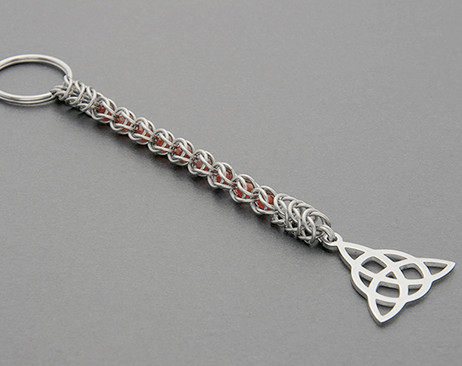
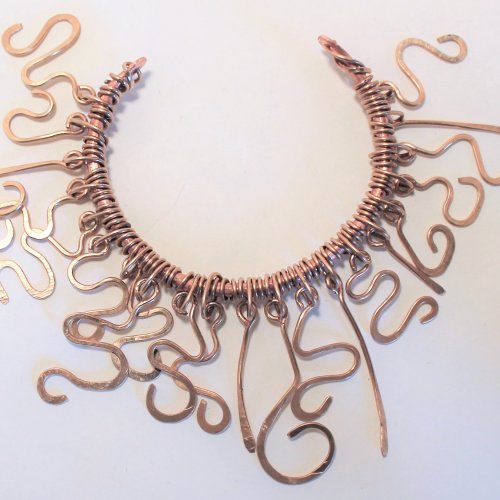
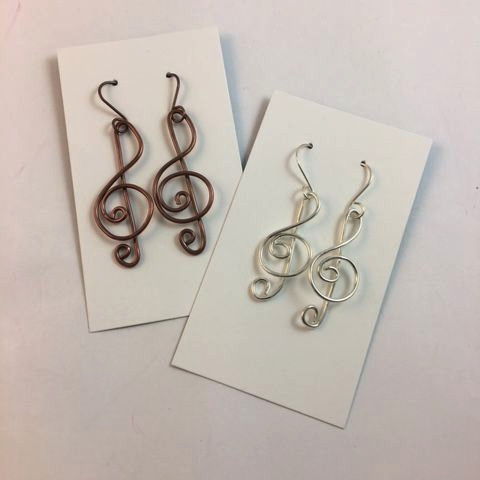

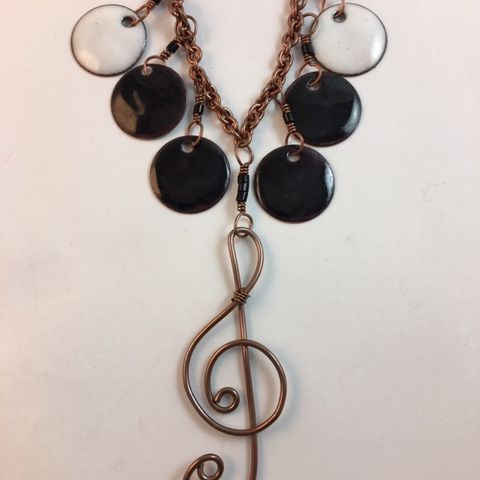
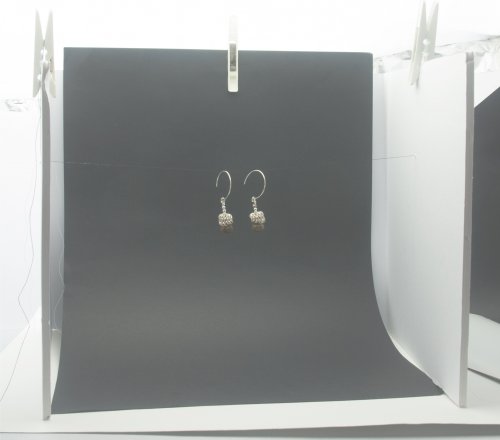

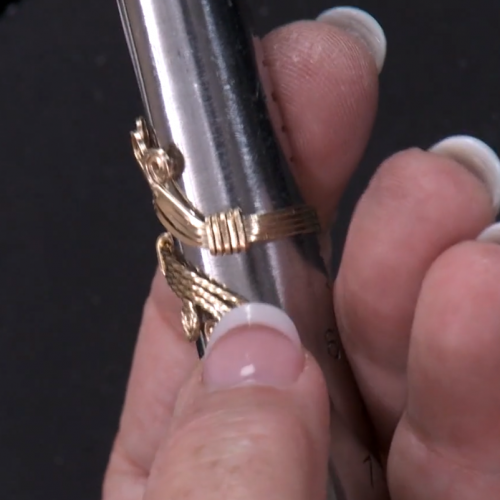

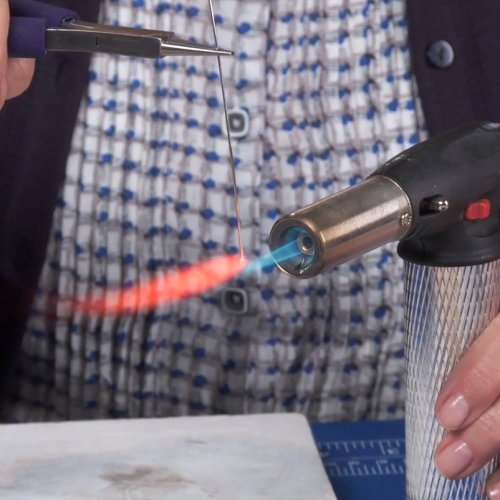

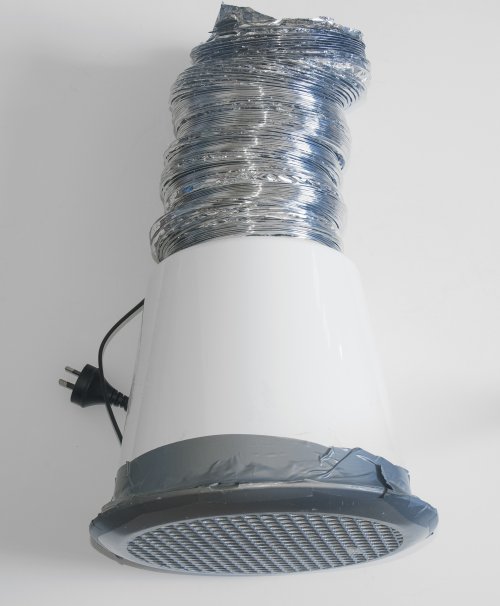
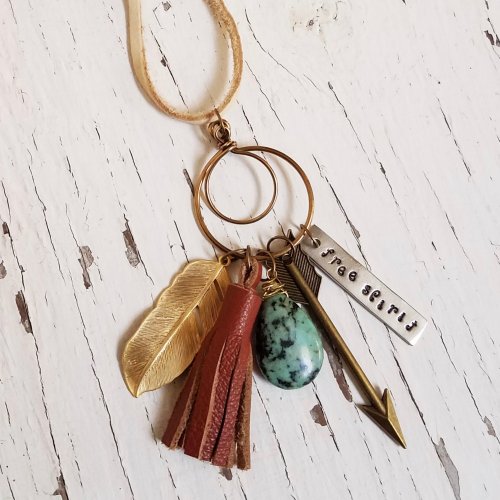
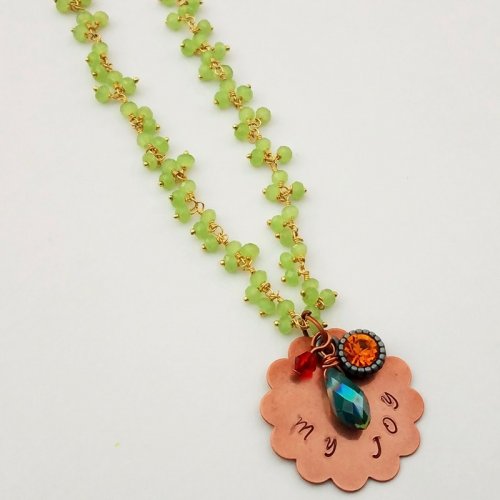
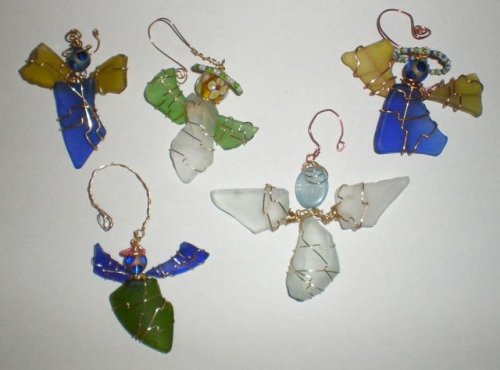
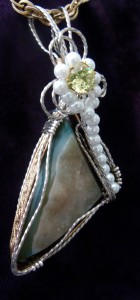
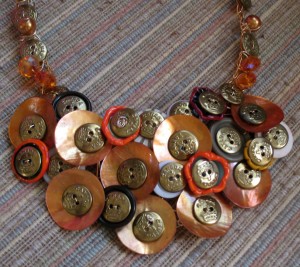
 Getting Twisted - Jewelry Making Tools
Getting Twisted - Jewelry Making Tools How to Price Your Wire Jewelry
How to Price Your Wire Jewelry How to Measure Gemstones for Settings
How to Measure Gemstones for Settings Cool Anklets are HOT
Cool Anklets are HOT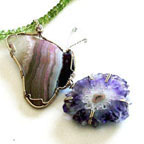 Inspiration Comes from Everywhere and Every Thing
Inspiration Comes from Everywhere and Every Thing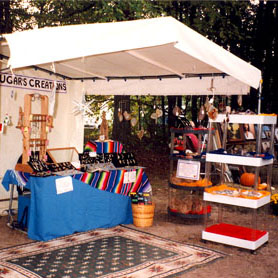 Wire Jewelry Display and Booth Ideas
Wire Jewelry Display and Booth Ideas Where to Sell Your Wire Jewelry
Where to Sell Your Wire Jewelry How to Choose Wire Temper for Making Jewelry
How to Choose Wire Temper for Making Jewelry What Gauge of Wire Should I Use to Make Jewelry
What Gauge of Wire Should I Use to Make Jewelry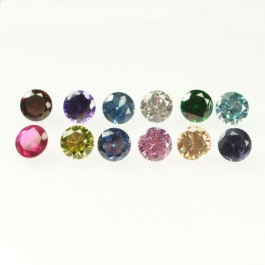 What's a Cubic Zirconia Stone
What's a Cubic Zirconia Stone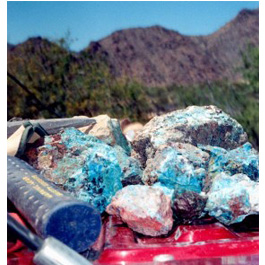 Rockhounding - A Beginner's Guide
Rockhounding - A Beginner's Guide What Shape of Wire Should I Use to Make Jewelry
What Shape of Wire Should I Use to Make Jewelry Gem Profile- Bloodstone
Gem Profile- Bloodstone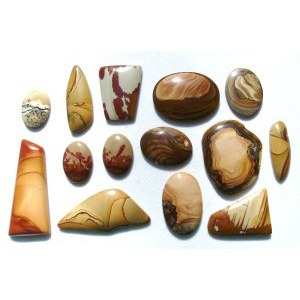 Gem Profile- Picture Jasper
Gem Profile- Picture Jasper Gem Profile- Patterned Jaspers
Gem Profile- Patterned Jaspers Gem Profile- What is Jasper
Gem Profile- What is Jasper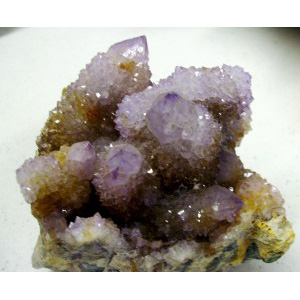 Gem Profile- Quartz Introduction
Gem Profile- Quartz Introduction Gem Profile- Wishful Turquoise
Gem Profile- Wishful Turquoise Gem Profile- Amethyst
Gem Profile- Amethyst Gem Profile- Fluorite
Gem Profile- Fluorite Gem Profile- Obsidian
Gem Profile- Obsidian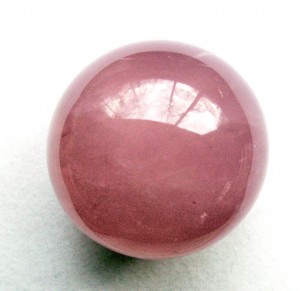 Gem Profile- Rose Quartz
Gem Profile- Rose Quartz Gem Profile- Smoky Quartz
Gem Profile- Smoky Quartz Gem Profile- Citrine and Ametrine
Gem Profile- Citrine and Ametrine Gem Profile- Labradorite
Gem Profile- Labradorite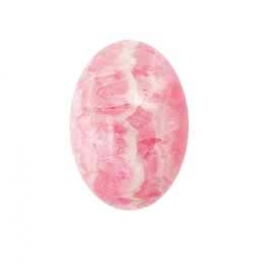 Gem Profile- Rhodochrosite
Gem Profile- Rhodochrosite Gem Profile- Moonstone
Gem Profile- Moonstone Gem Profile- Prehnite
Gem Profile- Prehnite Gem Profile- Jade
Gem Profile- Jade Gem Profile- Amazonite
Gem Profile- Amazonite Gem Profile- Corundum
Gem Profile- Corundum Gem Profile- Quartz with Inclusions Part 1
Gem Profile- Quartz with Inclusions Part 1 Gem Profile- Quartz with Inclusions Part 2
Gem Profile- Quartz with Inclusions Part 2 Gem Profile- Aventurine
Gem Profile- Aventurine Gem Profile- Macrocrystalline Quartz
Gem Profile- Macrocrystalline Quartz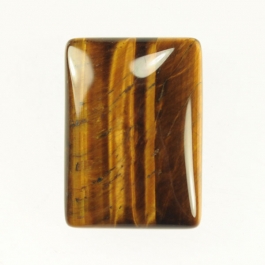 Gem Profile- Tiger Eye
Gem Profile- Tiger Eye Gem Profile- Fire Agate and Iris Agate
Gem Profile- Fire Agate and Iris Agate Gem Profile- Amber
Gem Profile- Amber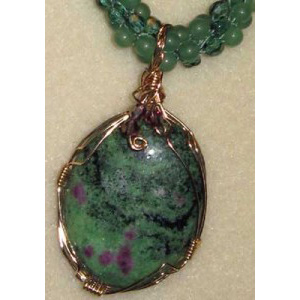 Gem Profile- Ruby Zoisite
Gem Profile- Ruby Zoisite Gem Profile- Ruby Fuchsite
Gem Profile- Ruby Fuchsite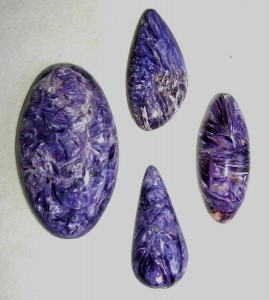 Gem Profile- Charoite
Gem Profile- Charoite Gem Profile- Moldavite
Gem Profile- Moldavite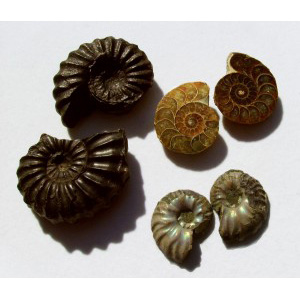 Gem Profile- Ammolite
Gem Profile- Ammolite Gem Profile- White Precious Opal
Gem Profile- White Precious Opal Gem Profile- Opalized Fossils
Gem Profile- Opalized Fossils Gem Profile- Boulder Opal
Gem Profile- Boulder Opal Gem Profile- Black Precious Opal
Gem Profile- Black Precious Opal Gem Profile- Pyrite
Gem Profile- Pyrite Gem Profile- Opal Introduction
Gem Profile- Opal Introduction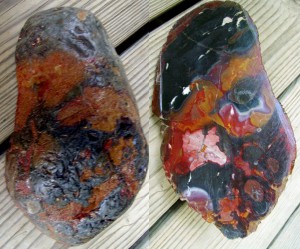 Gem Profile- Beautifully Colored Jasper
Gem Profile- Beautifully Colored Jasper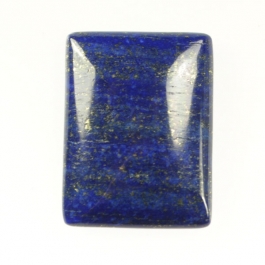 Gem Profile- Lapis Lazuli
Gem Profile- Lapis Lazuli Wire Sculpture Expert Dale -Cougar- Armstrong Interview
Wire Sculpture Expert Dale -Cougar- Armstrong Interview

